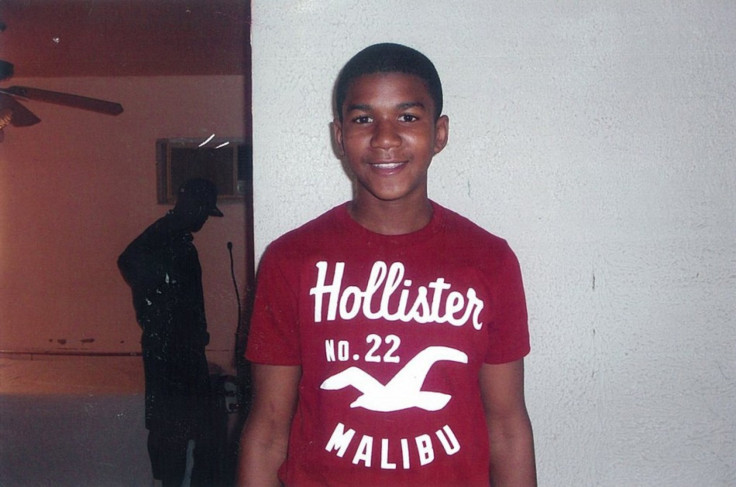Trayvon Martin Had THC In System, Was Shot At Close Range: Police Report

Trayvon Martin was shot at close range and had the drug THC in his system, according to an autopsy report released by lawyers handling the case of his death.
The autopsy report was part of hundreds of pages of evidence in the controversial case released to the public on Thursday.
George Zimmerman, a white-Hispanic volunteer neighborhood watchman, says he was practicing self-defense when he shot and killed the unarmed 17-year-old black high schooler on Feb. 26 in Sanford, Fla. The case caused public outrage and debate about racial profiling because Zimmerman was originally released without criminal charges. He has since been charged with second-degree murder.
The medical examiner's finding that Zimmerman shot Martin from close range supports Zimmerman's claim that he fired during a struggle. Zimmerman says Martin straddled him and slammed his head to the ground. The medical examiner also reported that Martin's finger had an abrasion 1/4-1/8 large, indicating a struggle.
The [gunshot] wound is consistent with a wound of entrance of intermediate range, reads the report.
Michael Wagner, one of the Sanford police officers who reported to the scene, wrote in his testimony that Zimmerman's face was bloodied and it appeared to me that his nose was broken (page 17).
Traces of THC in Martin's blood and urine, however, is not particularly revealing. The drug, found in marijuana, can stay in one's system for days after inhalation or ingestion and doesn't mean that Martin was high. Martin was suspended from school shortly before his death for possessing pot, a family spokesman told CBS in March.
The autopsy (it begins on page 125) confirms that the death was a homicide by a gunshot wound to the chest and through the heart.
© Copyright IBTimes 2024. All rights reserved.











